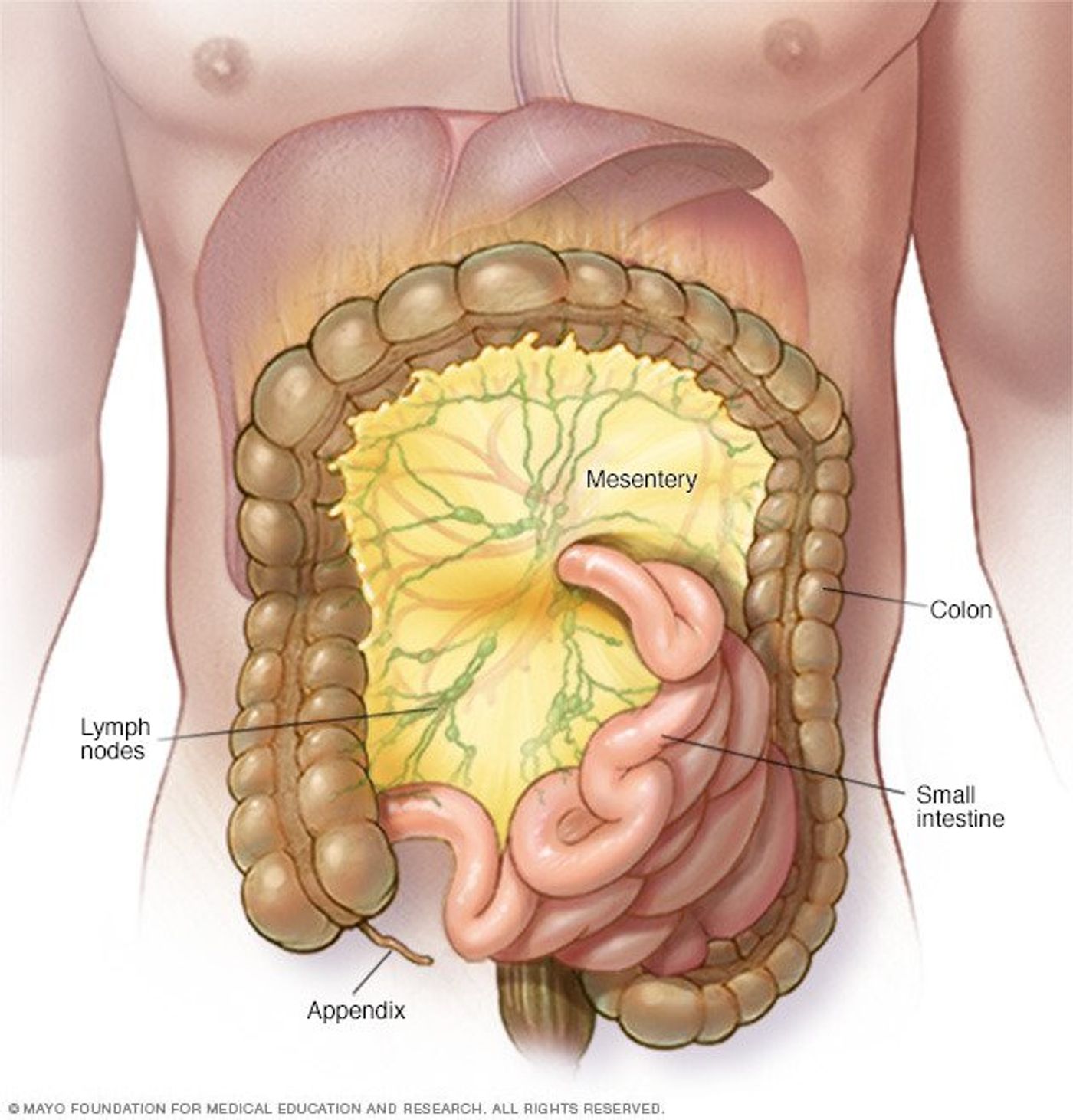Gut Instinct: Stomach Membrane Gets Upgraded to Organ Status
The mesentery, an unassuming membrane that connects the small and large intestines to abdominal wall, has now being upgraded to organ status. While this classification may seem trivial, the scientists of the new study say viewing the structure as an organ has wide implications for treatment and research.
The long-agreed upon organization structure in the body begins with the simplest building blocks: cells, the smallest unit of life. These are skin cells, hair cells, heart cells, and so on. From there, a collection of cells that do the same job make up tissues. Then, organs are groups of tissues that work together toward a bigger function.

"In the paper, which has been peer reviewed and assessed, we are now saying we have an organ in the body which hasn't been acknowledged as such to date," said Calvin Coffey, who published his review in The Lancet.
"During the initial research, we noticed in particular that the mesentery, which connects the gut to the body, was one continuous organ. Up to that it was regarded as fragmented, present here, absent elsewhere and a very complex structure. The anatomic description that had been laid down over 100 years of anatomy was incorrect. This organ is far from fragmented and complex. It is simply one continuous structure," Coffey explained.
Does the classification really matter though? After all, whether we call it a fragmented tissue or a continuous organ does not make any biological change to the mesentery. However, for Coffey, how we doctors view this organ can have big impacts on research and, ultimately, patient care.
"When we approach it like every other organ...we can categories abdominal disease in terms of this organ," professor Coffey said. "This is relevant universally as it affects all of us. Up to now there was no such field as mesenteric science. Now we have established anatomy and the structure. The next step is the function. If you understand the function you can identify abnormal function, and then you have disease. Put them all together and you have the field of mesenteric science...the basis for a whole new area of science," he said.
Coffey’s publication and call for change has already prompted changes in the new Gray’s Anatomy, the infamous anatomy bible for many medical students.
Additional sources: University of Limerick









